CONTACT US
| +86-10-82600771 | |
| WhatsApp: +86-13911460247 | |
| Messenger: chinatournet | |
WeChat ID: callchinatour | |
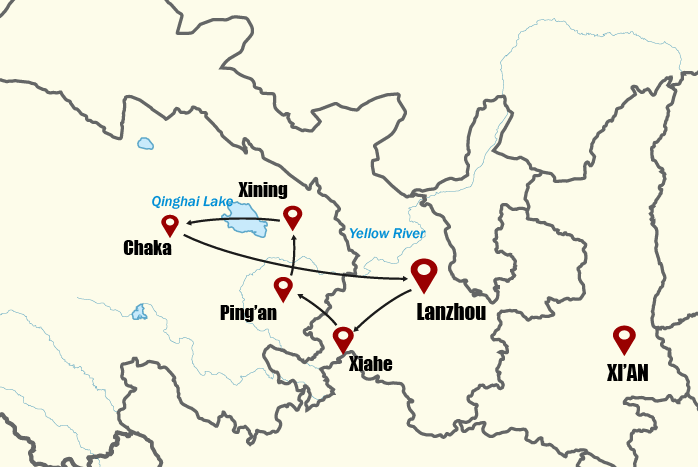
Arrive in Lanzhou by air, take a bus to Lanzhou city, stay in a hotel after arriving in the city, wash away the day's work.
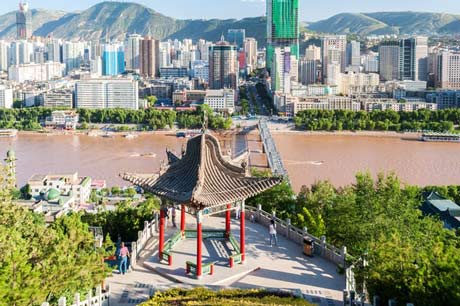
Overview of Lanzhou
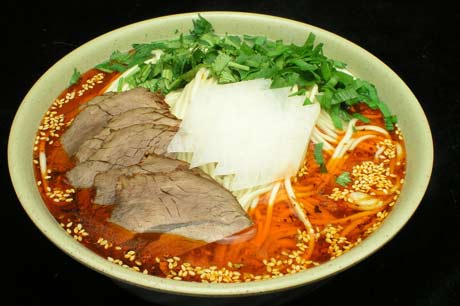
Lanzhou Hand-Pulled Noodle
Breakfast & lunch
After breakfast, driving to Liujiaxia Reservoir Pier boat to Binglinsi Grottoes , There are 183 existing niches in Binglinsi Grottoes, which are divided into three types, namely, plaster and clay sculptures with murals of about 900 square meters. Cave 169 is the largest of the natural caves. There are 25 relief stone towers. From 420 AD to the Song Dynasty, Grottoes had great influence on Han Buddhism, Pure Land Sect, Huayan Sect and Zen Sect. later driving to the Xiahe , in the afterglow of sunset stroll in the vast Sangko grassland.
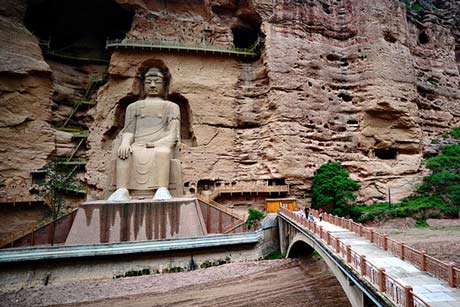
Binglingsi Grottoes
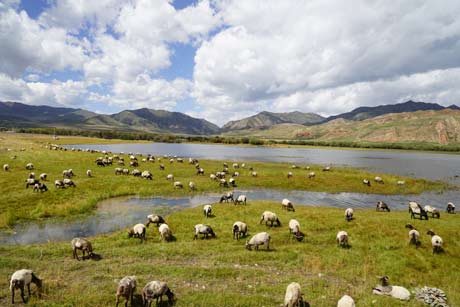
Sangke Alpine Grassland
Breakfast & Lunch
After breakfast, we visited Labrang Monastery, one of the six main monasteries of Tibetan Buddhism Golupa section, which is a monastery without walls. It still strives to maintain the purity and simplicity of the Buddhist holy. Standing on the hillside opposite Labrang Monastery, we can see the panorama of Labrang Monastery and the bustling of Tibetan articles in Xiahe Town. After lunch, driving to Tongren-Regong and passing through Ganga Grassland on the way. Surrounded by mountains, Ganga grassland is a typical plateau grassland and an ideal natural pasture. Every summer, the whole grassland is as green as a natural green carpet. Flowers are in full bloom and blossom like brocade.blue sky with white clouds green grass every where. The Yangqu River and the Yangla River are winding and flowing like a white Hada falling on the grassland. Ganga Tibetan sheep is the most abundant species in Ganga grassland. Ganga Tibetan sheep is not only a sightseeing on the grassland, but also a source of income for local herdsmen.
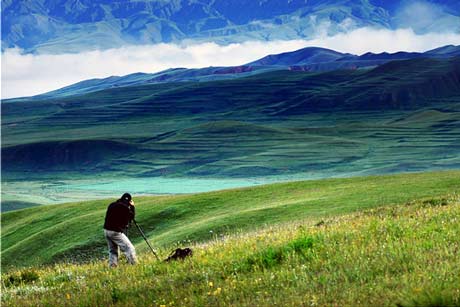
Ganga Alpine Grassland
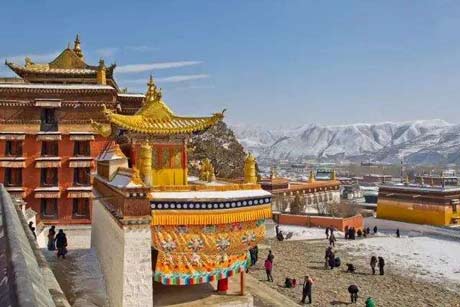
Labrang Temple
Breakfast & lunch
After breakfast, we visite Longwu Temple of Tongren , located at the foot of Xishan moutain, Huangnan Tibetan Autonomous Prefecture, Qinghai Province. It lies in the middle reaches of Longwu River with pleasant climate and belongs to the national key cultural relics protection unit. In Amdo area, its scale, status and influence are second to the Labrang Temple in Gansu Province and the Tar Temple in Qinghai Province. Later visiting Wutun temple, Wutun Temple is the most centralized and typical temple for collecting Regong works of art, and many of the best Regong works of art are stored in the temple. The frescoes, embroidery, paintings and sculptures in the temple are vivid, with fine brushwork and brilliant colors, which fully show the fluency and rhythm of lines. After lunch, visiting the Regong Art Museum. Regong Art is an important part of Tibetan Buddhist art in China It originated in the Longwu River Basin in Tongren County, Huangnan Tibetan Autonomous Prefecture, Qinghai Province, from the 15th century. For hundreds of years, a large number of artists have been engaged in folk Buddhist painting and sculpture art.which are rare in other Tibetan areas. Therefore, the place is known as the "hometown of Tibetan painters", while the place named "Regong" in Tibetan. Therefore, this art is collectively called "Regong Art".
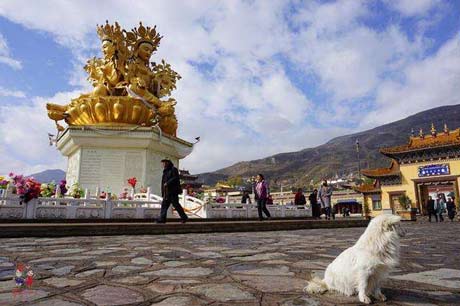
Longwu Temple
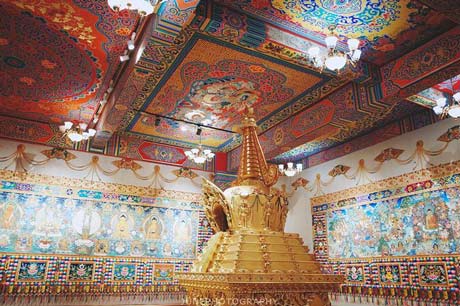
Regong Art Museum
The industrious tribute artists have traveled all over Tibet, Qinghai, Sichuan, Gansu, Inner Mongolia and India, Nepal, Thailand and Mongolia for hundreds of years, leaving many fine works of art to these places. This unique ancient Tibetan culture and art has accurate and vivid shape, exquisite fine brushwork, brilliant color and rich decorative. Its simple style of painting, uniform and coordinated color design and vivid expression fully reflect the industrious wisdom and splendid culture of the Tibetan people. Regong art is a magnificent flower in the cultural treasure house of our country, and it is also the product of the intersection of Tibetan and Han cultures in different regions.
Breakfast & lunch
After breakfast, Driving to Cambra National Geological Forest Park, which covers the landform and landscape of "Danxia" peak forest, the sedimentary environment of Cenozoic and the types of sedimentary structure, and the geological and ecological environment evolution relics since 38 million years. The Cambra Danxia landform is composed of red sandy conglomerate, and the surface of the rock mass is red as clouds. Qifeng, Fangshan, cave and cliff are the main landforms. Mountains are like pillars like towers, walls like fortresses, and humans like beasts in different shapes. All kinds of shapes are lifelike, with strange shapes and wonderful workmanship of ghosts and axes. There are eighteen dangerous peaks in Cambra area, such as Nanchong Peak, Gongbao Peak, Dejie Peak, Neibaozong Peak, Dayan Peak, Nigu Peak, Goat Peak and Yaniu Peak. The names of these peaks are mostly religious. Among the eighteen peaks, Aqiongnan Zong and Neibao Zong are the most famous. Under the sunshine, Dejie Peak looks like the grand scene of Lhasa Budala officials from afar; the fairy party near Dehong Village is composed of dozens of conical hills with different shapes, which are upgraded by fantastic flowers and grass, and the surrounding terrain is uplifted, like "fairies" dancing in the air. The scenery is fantastic and beautiful, like entering fairyland, which makes people wonder. The western part of the scenic spot is composed of dozens of cliff-like tower-shaped peaks.Then drive to Pingan.
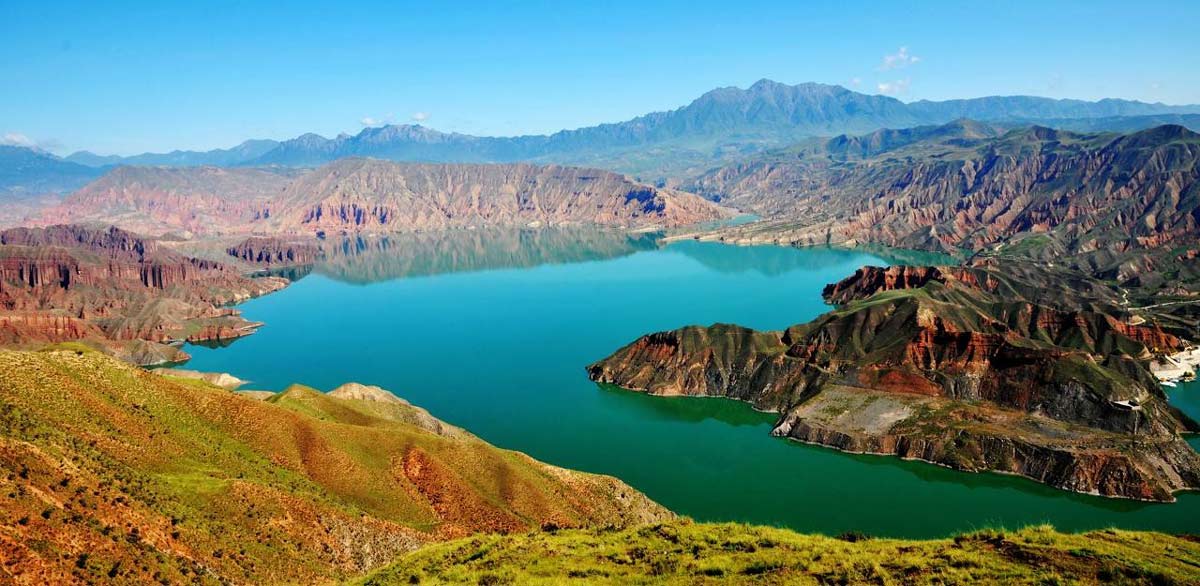
Cambra National Park
Breakfast & lunch
After breakfast, driving to Xia Zong Temple. Xia Zong Temple was built in the late Yuan Dynasty. It was a place where Zong Kaba, the founder of the Gelug Sect of Tibetan Buddhism, was haired as a monk and worshiped the black cap sect of the Karma Kagyu Sect of Tibet as a teacher to learn Sutra. In 1359, the famous Tibetan monk Karma Kagyu sent the fourth Living Buddha, Raubedoj, to Dadu, where he stopped at peace. Zongkaba, a three-year-old founder of the Gelug sect of Tibetan Buddhism, was brought to the temple by his father for commandment. Many famous monks in Qinghai had practiced here, which made Xia Zong Temple famous in Qinghai and became a famous temple of Tibetan Buddhism. At its peak, there were more than 400 palaces and monasteries. The whole monastery is built on the cliff, facing the Xiaqiong Forest Farm, which covers a total area of 3558 hectares, and the caves of the mountain cliff monastery site, with extraordinary momentum. Then I drove to visit the old mosque, which was built in Qinghai in Ming Dynasty. The total area of the temple is more than 6,000 square meters. The overall building is a typical Chinese traditional architectural style, which is significantly different from the exotic style of the early traditional Islamic architecture. The main landscapes in the temple are the wall, the mountain gate, the wake-up building, the worship hall, its brick carving, wood carving patterns and a variety of exquisite craftsmanship, unique architecture, which is a treasure book of ancient folk auspicious patterns. Located in deep mountains, the terrain is narrow and skewed, so the layout is compact and the design is unique. The ancient mosque is complex in structure and superb in craftsmanship. It adopts Chinese traditional architectural style, which is significantly different from the exotic style of the early traditional Islamic architecture. As a brick and wood structure building, the ancient mosque is composed of light yellow wood and light blue brick carvings. It is characterized by clear layers and meticulous workmanship. In architectural style, a large number of integration of Han, Hui, Tibetan and other national architectural characteristics, with a unique style rare in domestic mosques, can be regarded as a treasure.
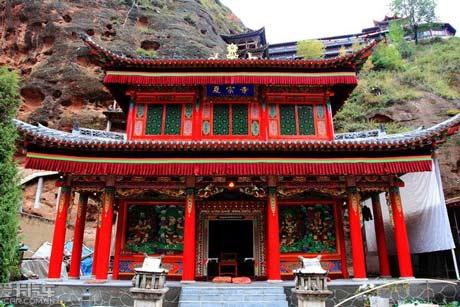
Xiazong Temple
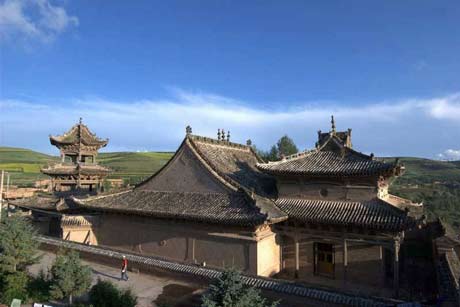
Hongshuiquan Mosque
Breakfast & lunch
After breakfast, I drove to the only green edible salt production base in China [Chaka Salt Lake] (about 2 hours of tour). Chaka Salt Lake is a magical and beautiful place. It is 15.8 kilometers long, 9 kilometers wide from north to South and has an area of 105 square kilometers. It is the oldest Salt Lake in the Qaidam Basin and the country of Qinghai Province. Family-level tourist attractions. The lakes and mountains have beautiful scenery. Sometimes the lake surface ripples, sometimes reckless and white, beautiful, magnificent in one, in the Qinghai-Tibet Plateau many salt lake families, the weather is thousands of, unique. Salt lake waters are wide and sparkling with silver. The sky is long and white clouds, the distant Cangshan is magnificent, the blue sky, white clouds and snow mountains are reflected in the lake, like poems and pictures. Around the grass, sheep like pearls. Walking on the lake is like entering the world of salt. After that, go to Gonghe or Qinghai Lake to check in.
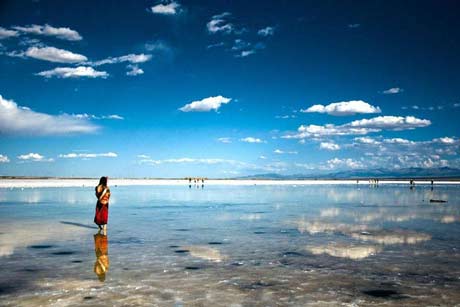
Chaka Salt Lake
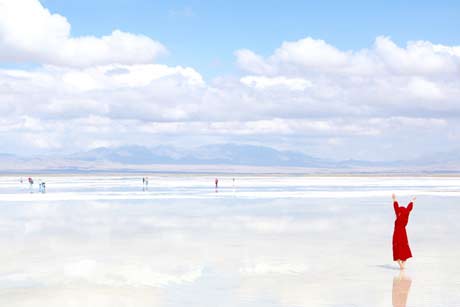
Chaka Salt Lake
Breakfast & lunch
It is a great pity to go to Qinghai Lake after breakfast and not visit Qinghai Lake, China's largest saltwater lake. Qinghai Lake is surrounded by four towering mountains, looking around like four high natural barriers, which tightly surround Qinghai Lake. From the bottom of the mountain to the lake, there is a vast, flat and boundless grassland, while the vast and vast Qinghai Lake, like a huge jadeite plate embedded in the mountains and grasslands, constitutes a magnificent scenery and beautiful scenery of mountains, lakes and grasslands. Qinghai Lake has different scenery in different seasons. In summer and autumn, Qinghai Lake has beautiful mountains and rivers. The vast undulating grassland is like a thick green blanket. Countless cattle, sheep and horses are like colorful pearls scattered all over the grassland. Large areas of neat and picturesque farmland along the lake are rolling with wheat waves, cauliflower is pan-golden, and Qinghai Lake, which is full of blue water and sky, seems to be the same. The glass agar is rippling gently. When the cold winter comes, Qinghai Lake is ice-sealed and jade-lined and silver-coated, like a huge mirror, shining in the sunshine and shining all day long. It can walk on the frozen surface of Qinghai Lake. After that, I went to Lanzhou to check in at the hotel.
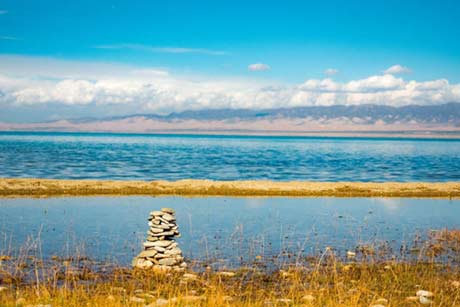
Qinghai Lake
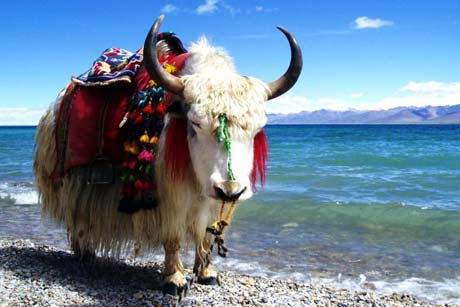
Qinghai Lake
Breakfast
After breakfast, I went to Lanzhou Airport to deliver the plane. After a pleasant trip to Gannan, I returned to my warm home.
| Season | Low | Shoulder | Peak |
| Month | November - April | May - June | July - October |